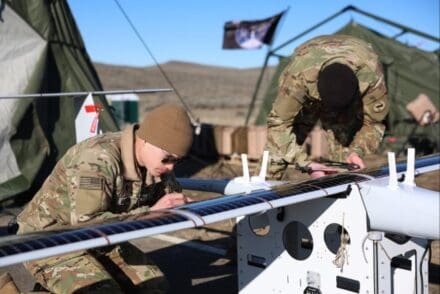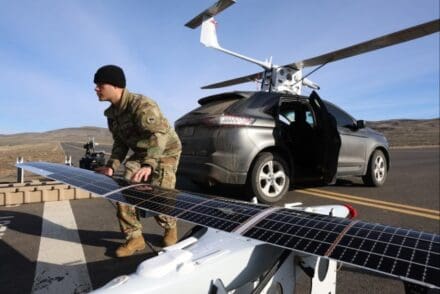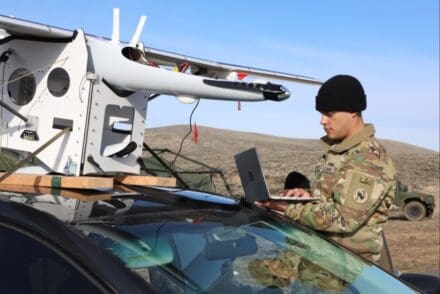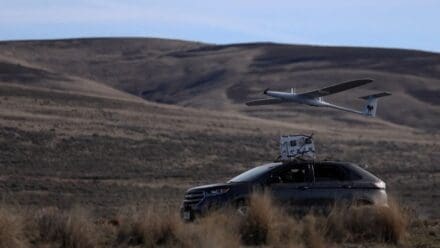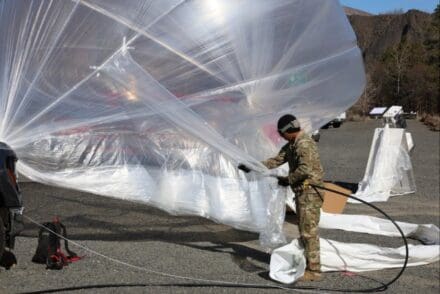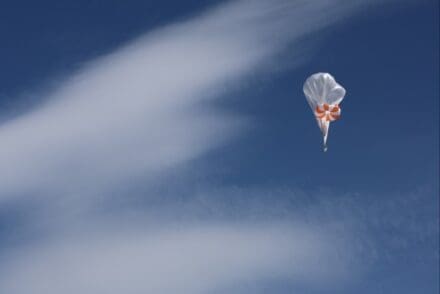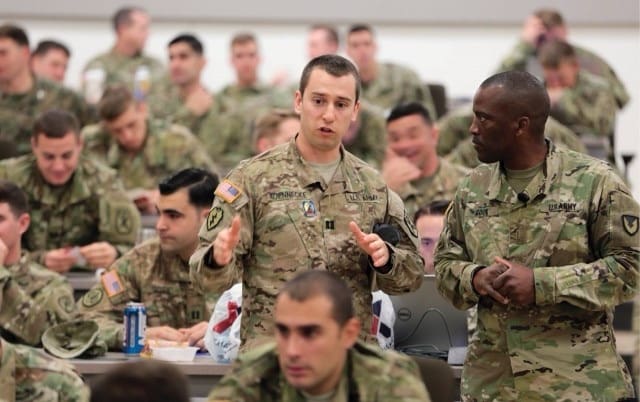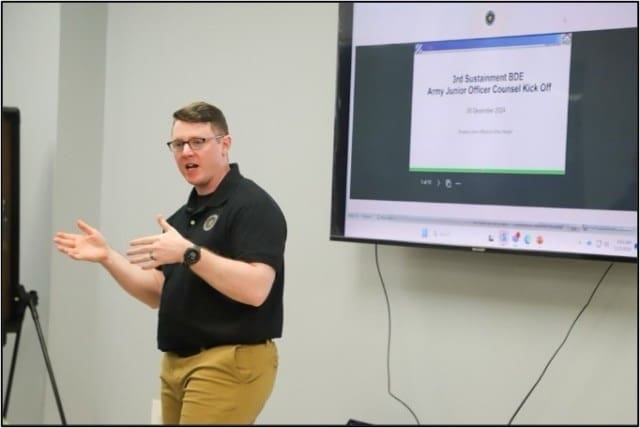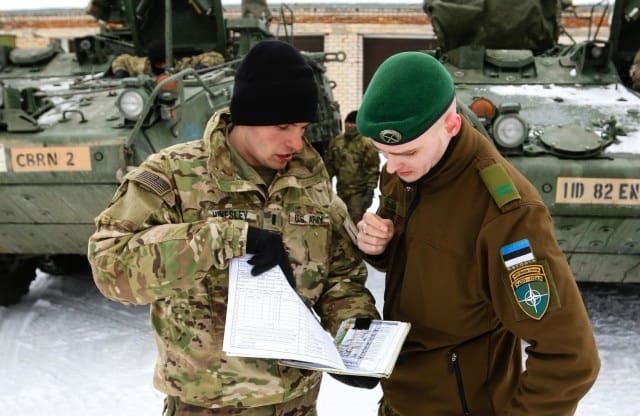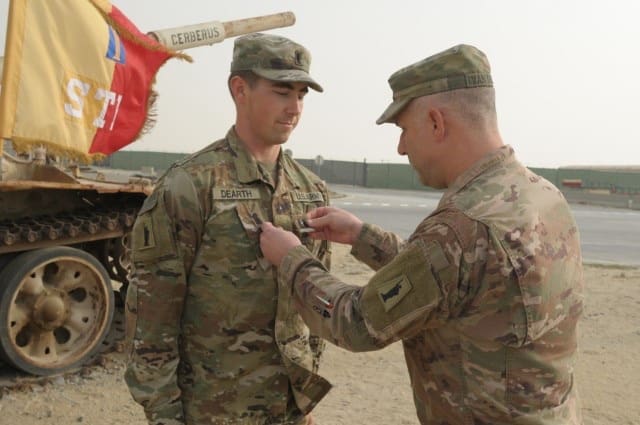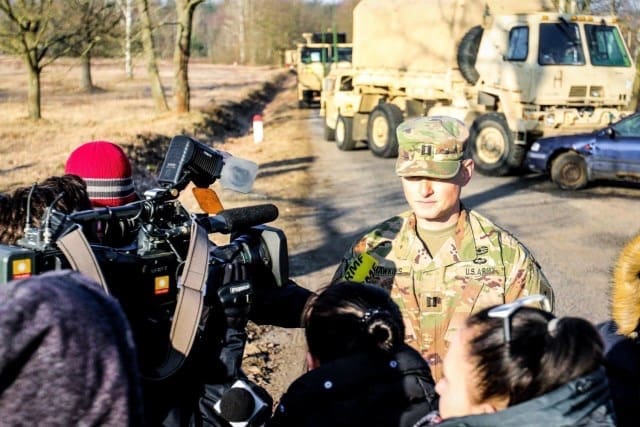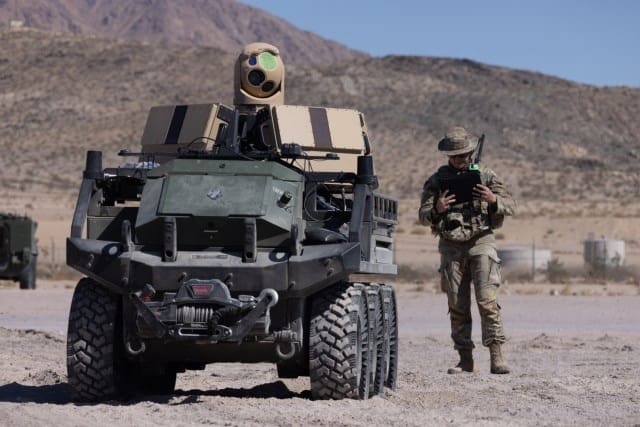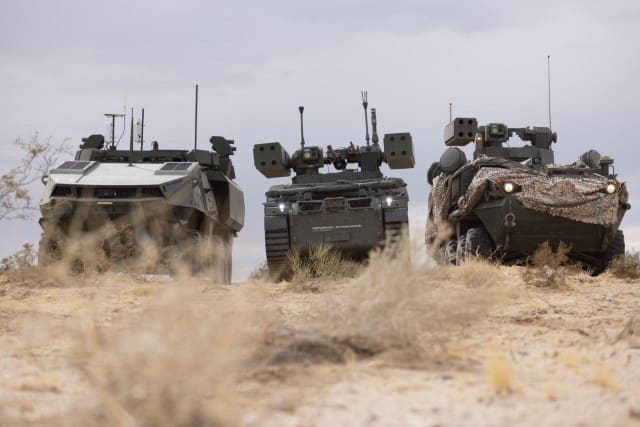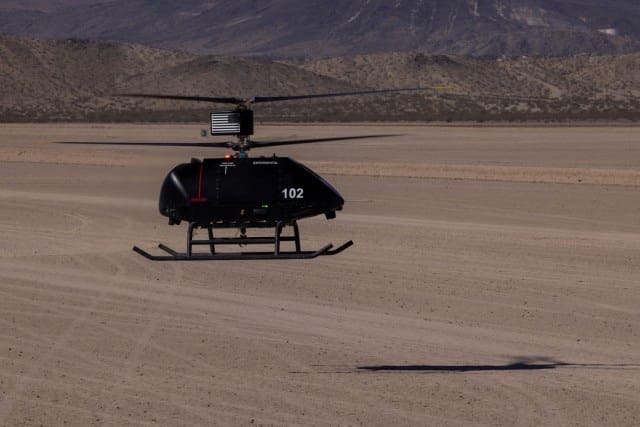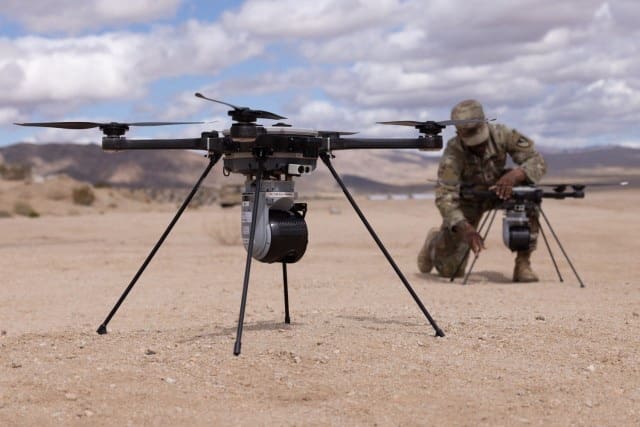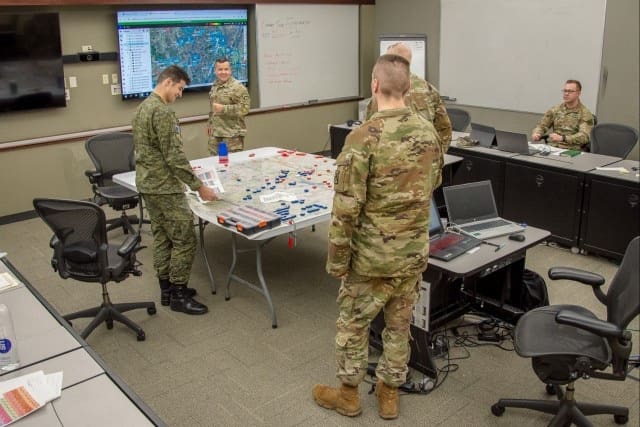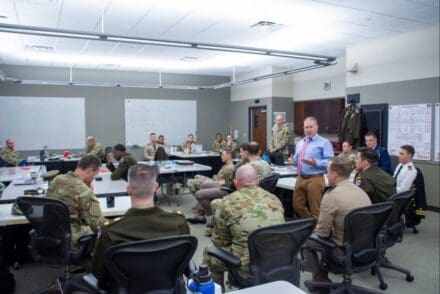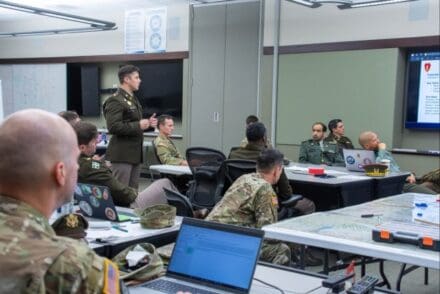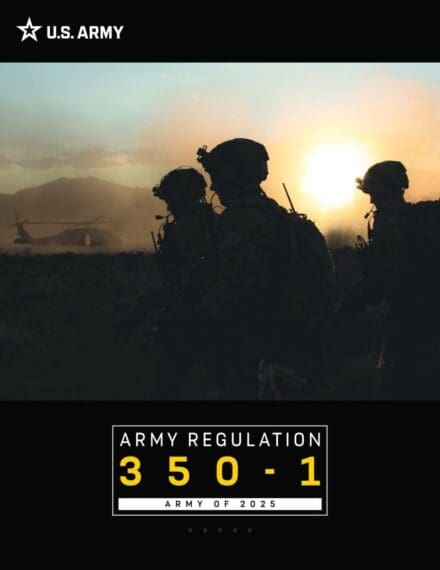
WASHINGTON — On April 2, 2025, the U.S. Army xTech Program launched xTechOverwatch to advance military capabilities in autonomous air and ground vehicles. This competition directly addresses critical Army requirements by partnering with small businesses developing artificial intelligence and sensor technologies. Participants can earn $35,000 in cash prizes and pursue follow-on Army Small Business Innovation Research contract awards.
How it Works
The Office of the Assistant Secretary of the Army for Acquisition, Logistics, and Technology, in partnership with Army Futures Command, launched the xTechOverwatch competition to identify innovative solutions for advanced autonomous unmanned systems, such as unmanned aerial vehicles, unmanned ground vehicles and sensor networks. The Army plans to select up to 40 finalists, awarding each a $15,000 cash prize and providing them an opportunity to showcase their solutions to Army and Department of Defense experts during a live demonstration at the Army Human Machine Integration Summit in October 2025.
During the demonstration, government stakeholders will assess the participants’ technological capabilities, solution maturity and potential contributions to identify the most promising advancements. In August 2025, finalists will also attend a Collider event designed to facilitate high-impact networking, knowledge-sharing and strategic partnerships with industry leaders and peers.
Following the final pitch demonstrations, the Army will select up to 20 winners, awarding each a $20,000 cash prize and offering each firm the opportunity to submit a Direct to Phase II Army SBIR proposal through the Army SBIR and Small Business Technology Transfer Program. Valued at up to $2 million per proposal, these submissions could secure up to $40 million in funding to help businesses transition innovations from prototypes to practical applications. Through this initiative, the Army aims to deliver advanced technologies to Soldiers, enhance operational efficiency, safety and effectiveness, and foster relationships with key Army and DoD representatives that empower participants to grow their businesses.
Competition Timeline
Concept White Paper Submission:Between April 2 and May 21, 2025, businesses may submit short concept white papers outlining technology alignments, their solutions’ advantages and impact, technical approaches and commercial potential.
Collider Event: In August 2025, AFC will host a Collider event at Fed Supernova, a unique forum designed to foster collaboration between xTechOverwatch finalists and technology integrators to pitch innovative, dual-use solutions that can address the Army’s current and future needs.
Final Pitch Demonstration Event: In October 2025, finalists will pitch and demonstrate their innovative technology solutions to a panel of Army and DoD experts.
Follow-On SBIR Opportunities: From Nov. 15-25, 2025, up to 20 xTechOverwatch winners may submit a Direct to Phase II Army SBIR proposal.
Eligibility Requirements
To participate in xTechOverwatch, vendors must be for-profit businesses operating in the U.S. that adhere to 13 C.F.R. § 121.702. Over 50% of the equity must be held by U.S. citizens, permanent residents, or other for-profit small businesses with no more than 500 employees, including affiliates.
Proposals must be fresh and unique, distinct from any that have received funding, are currently funded, or have pending funding from other federal agencies. If there is any uncertainty about this, vendors should visit the xTechOverwatch Competition Request for Information for further details and to ensure their innovative solutions are eligible for submission to this competition.
About the Army xTech Program
Established in 2018, the Army xTech Program offers participants unparalleled exposure to Army laboratories, program executive offices, and program managers. Participants receive valuable feedback from Army DoD stakeholders and gain access to training, mentorship, and networking opportunities, aligning their solutions with Army needs. The xTech Program hosts several competitions annually, including open-topic competitions like xTechSearch and technology-specific competitions addressing critical Army requirements.
About the Army SBIR|STTR Program
Army SBIR actively releases funding opportunities, including Phase I funding for commercially viable, feasible, and technically sound solutions. Firms with mature technologies that meet Phase I requirements can progress to Phase II or begin directly with Direct to Phase II contracts. Army experts in technical, acquisition, and operational fields guide businesses to align their innovations with the Army’s critical needs throughout the process.
Army STTR integrates small businesses into the Army innovation ecosystem by coordinating with universities, federally funded research and development centers, or qualified non-profit research institutions. Small businesses serve as prime contractors, performing at least 40% of the work, while research partners complete at least 30%.
ASA(ALT) leverages innovative technologies to give Soldiers a decisive advantage in any environment by developing, acquiring, fielding and sustaining the world’s finest equipment and services. For more information, visit the ASA(ALT) web page and follow @ArmyASAALT.
Stay Updated
For more information, subscribe to email updates, explore the Army xTech Program website, or follow us on YouTube, Facebook, X (formerly Twitter), and LinkedIn. For inquiries, please contact the xTech Program mailbox.
By Daniel Smoot, Office of Army Innovation Programs, including xTech and the Army SBIR|STTR Program


